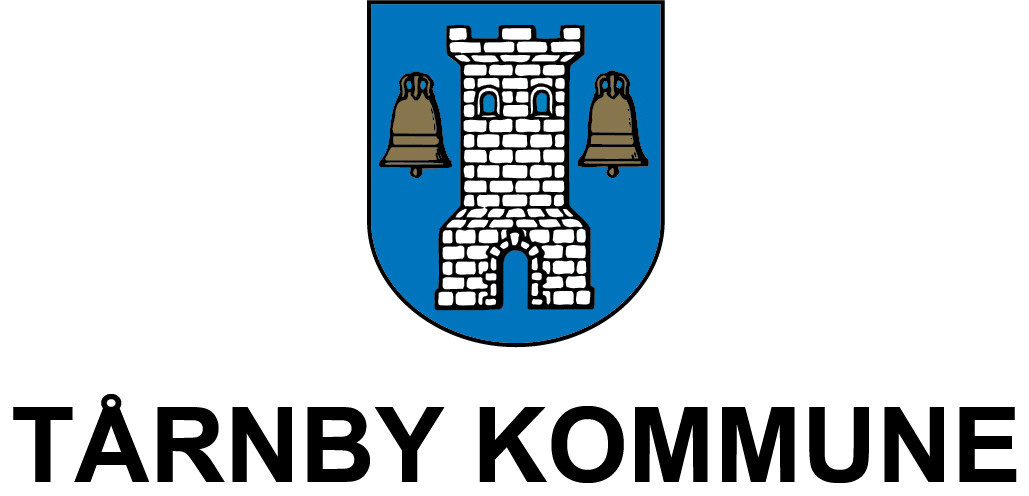Parental leave when working in Denmark
As an employee in Denmark, you follow the Danish rules on parental leave and you are entitled to the same financial benefits in connection with your parental leave as those living in Denmark.
Parental benefits
Parental benefit is paid to provide you with an income in connection with pregnancy, birth and adoption. It is Udbetaling Danmark that decides whether you are entitled to parental benefit. Udbetaling Danmark automatically receives this information from your employer.
You must meet the following requirements to be entitled to parental benefit:
- You must be employed no later than the day before or on the first day of your parental leave
- You must have worked at least 160 hours in the last 4 calendar months before the leave
- You must have worked at least 40 hours a month for at least three of the four months
Read about parental leave at borger.dk
Amount of parental benefit
The parental benefit is calculated as a weekly amount. The amount depends on how much you work.
There may also be agreements at your workplace that entitle you to a salary during all or part of your parental leave. The exact conditions that apply to you will depend on the agreements at your workplace and in your employment contract, so it is important to check with your employer what applies in your case.
Maternity/paternity leave - rules for child born on or after 2 August 2022
Parental leave is a right to take time off work when you have a child. Below you can read about leave in different situations, which apply to parents of children born on or after August 2, 2022.

The new rule for children born on or after August 2, 2022, aims to ensure that parental leave is divided equally between both parents.
The parent who gives birth to the child and is socially insured in Denmark is entitled to 4 weeks before the child is born.
If both parents are insured in Denmark and live together at the time of the birth, they are each entitled to 24 weeks. If only one parent is insured in Denmark, he or she is entitled to 24 weeks. The parent who is insured in Denmark can apply for an additional 13 weeks of paid leave in certain conditions are met. Contact Udbetaling Danmark for more information about this.
This means that the parent who is insured in Denmark may be entitled to up to 37 weeks of parental leave and the parent who gives birth to the child may be entitled to up to 41 weeks of parental leave.
Remember that if one parent is covered by social insurance in Sweden, or any other country, the parental benefit days are offset between the countries. There are several other factors that affect how you can take your parental leave and parental benefit, and what possibilities you have to transfer days to each other.

If a child has only one parent at birth, the parent can apply for 22 extra weeks of leave.
This means that the parent is entitled to a total of 46 weeks of leave, consisting of the 24 weeks and the 22 extra weeks. This can be in situations where:
- the father has had a child with the help of a donor and there is therefore no other legal parent
- the father has had a child with the help of a foreign surrogate mother
- the other parent has died before the birth
- the parent is the sole adoptive parent.
If there are two parents of the child, but there is no joint custody or residence, for example, different rules apply. If the parents are not living together at the time of the child's birth, there is a different allocation of leave than the normal allocation of 24 weeks to each parent after the birth. The parent with whom the child is registered receives 13 weeks of additional leave. This means that the parent is entitled to a total of 37 weeks of leave, consisting of the 24 weeks and the 13 extra weeks. If the parent with whom the child is registered also has sole custody (parental authority) or obtains sole custody before the child reaches the age of one, that person can apply for an additional 9 weeks of leave. This means that the parent in these cases is entitled to a total of 46 weeks of leave, consisting of 24 weeks, 13 extra weeks and 9 extra weeks.

There is no extra leave for parents of twins. However, new rules for triplets and quadruplets came into force on January 1, 2023. They mean that parents who have three or more children at the same birth, from January 1, 2023 or later, can apply for up to 26 weeks of extra leave with parental benefit paid by Udbetaling Danmark. These weeks must be taken within 18 months of the birth.
Note! New rules on extra leave for the birth of twins have been decided in Denmark and will enter into force on May 1, 2024.
This means that parents of twins born on or after May 1, 2024 can apply for 13 weeks of extra leave with parental benefit paid by Udbetaling Danmark. These weeks must be taken within 12 months of the birth.

It is possible to extend parental leave by e.g. combine the leave with working part-time. This must be agreed with your employer.
As a wage earner, you should be aware that certain parts of your parental leave must be taken before the child is one year old.
There is also the right to extend parental leave without taking compensation.
Read more about extending your parental leave at borger.dk
Read about parental leave on borger.dk
Good to know: The extension may have an impact on the number of days to be deducted from the other parent's days in Sweden. Please contact Försäkringskassan (the Swedish Social Insurance Agency) at Øresunddirekt in Malmö, who can inform you of the consequences.

In Denmark, you can postpone your parental leave by returning to work full-time during a period when you would otherwise have been entitled to parental benefit.
As a wage earner, you should be aware that some parts of your parental leave must be taken before the child is one year old.
Maternity/paternity leave - rules for child born before 2 August 2022

The right to paid parental leave (barselsdagpenge) applies for a total of 52 weeks. As a parent, you are entitled to extend the 32 joint weeks by either 8 or 14 weeks, by receiving a smaller amount of parental allowance each month. The pay for the 32-week period is then spread out over either 40 or 46 weeks.
If you want to extend your parental leave you need to give your employer notice about that before you child is 8 weeks old. You also need to notify Udbetaling Danmark.
Good to know: The extension may have an impact on the number of days to be deducted from the other parent's days in Sweden. Please contact Försäkringskassan (the Swedish Social Insurance Agency) at Øresunddirekt in Malmö, who can inform you of the consequences.
One of the parents can also choose to defer between 8 and 13 weeks of leave. The saved leave must be kept for a continuous period before the child is nine years old.

Both parents can choose to return to their respective jobs and save up to 32 weeks of parental leave. However, the saved leave must be taken for a continuous period before the child turns 9 years old.
Further information
If you need further information on parental leave in Denmark, you can contact your trade union, Udbetaling Danmark or Försäkringskassan (the Swedish Social Insurance Agency) at Øresunddirekt's Informationcenter in Malmö.
Did you find this information relevant?
Do you want to elaborate?
We can help you
You are always welcome to visit our Information Center in Malmö to get help with your questions regarding working, moving or studying in Denmark.











